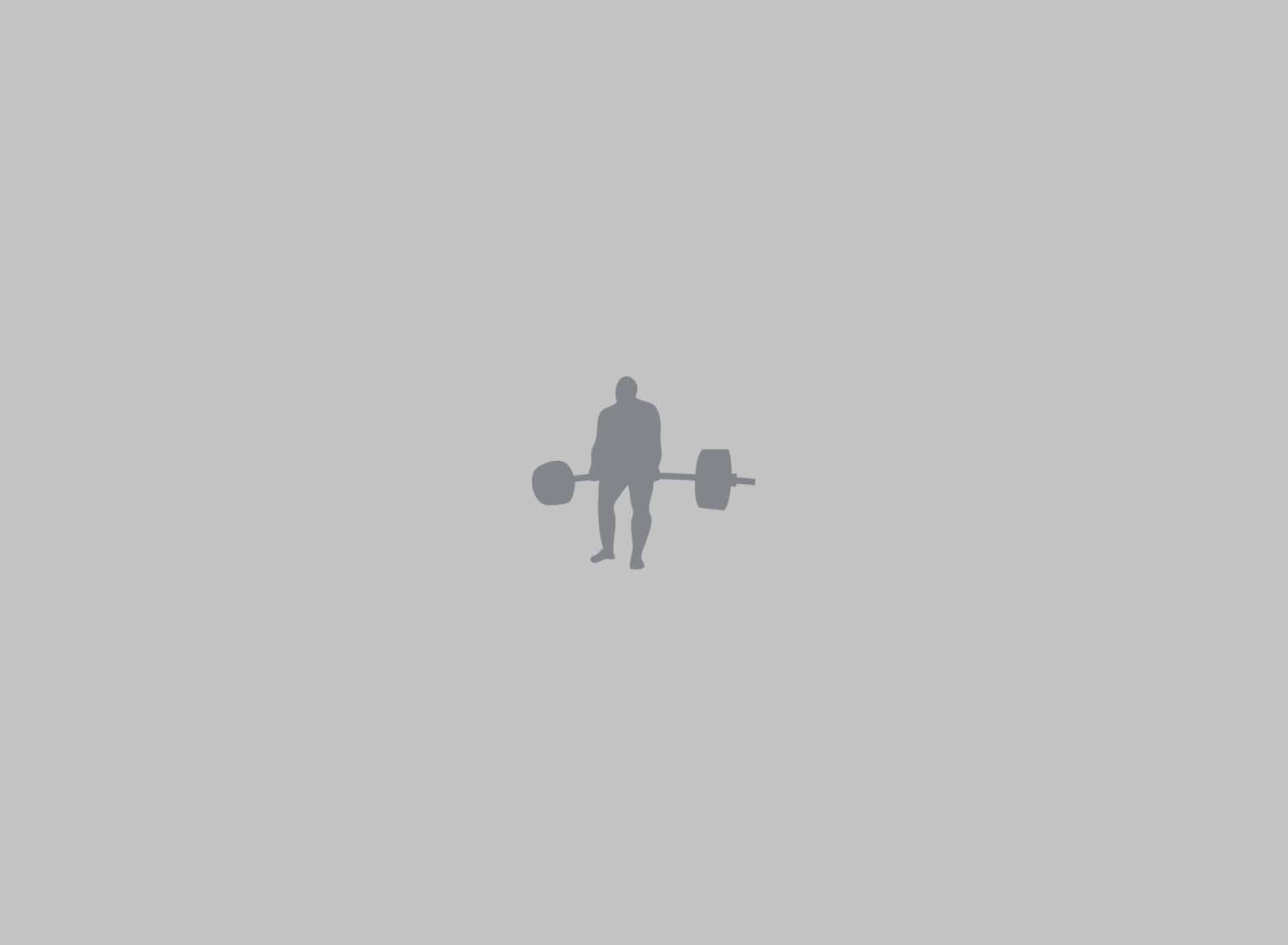Written by Greg Robins
I tailored this article to guys who are lifting a lot of weight, and/ or aspiring to lift a lot of weight. That being said, the information below is applicable to anyone. Furthermore, just applying it a little will have good carry over. I imagine, some folks will be opposed to some of these suggestions, and that’s fine. Don’t fix what isn’t broken – but if it’s wearing down, or when it goes…these might be some things to check out.
My hope is that hearing these things from someone who doesn’t like to do them, but has seen the value in them, will convince you to consider them.
First I’ll go over some common aches and pains, why the hips matter, and then at the end one thing you can do to fix it.
1.
Problem:
Knees Hurt
Hip Help:
Align the hips to promote better knee stability. Knee stability isn’t something that has a whole lot to do with the knee itself. That is of course unless something is structurally wrong with the joint. Promoting better alignment or positioning can improve knee stability. I always look to the hips first. Think about it, if the hip is in the wrong place, whether that be an “all the time” thing or a “when you move” thing, the knee is going to have some odd stresses placed upon it. These can include the joint having to do too much – it’s ligamentous restraints doing too much, doing things in the wrong position, and in most every case the muscles attaching to the joint not firing cooperatively.
Solution:
Do more single leg work. I know, you want to move a shit load with two legs. So do I. Not to mention I hate doing single leg work. This doesn’t have to a chore. Don’t worry so much about loading these exercises to the point that they take away from your main objective. Instead, just do them. Start with supported variations with both feet on the ground: lunge variations. Then move to variation with one leg supported but elevated: Bulgarian split squats. Finally, work on single leg unsupported options: 1-Leg squats, bowler squats, hops. Find the minimal effective dose. So if your pain free, just use this stuff in your warm – up. If you need to create a stronger (more stable) base then use them towards the end of your training for a few sets 1 – 2 x per week. A third place they can fit in is on a “conditioning” day, or accessory day.
2.
Problem:
Lower Back Hurts
Hip Help:
Position and control the hips to promote better low back function. Just as the case was with the knee, low backs are often blamed for being weak or dysfunctional when pain refers there. Many times the low back is fine, it’s just being asked to do too much. When it comes to strong dudes, the most common problem is an excessive lordosis, and the tendency to tilt the pelvis forward. Basically, everything is done with an excessive back “arch”. If you think the more arch the better, you’re dead wrong. When you cause too much extension in the low back, and allow / build a forward hip position you are shutting down the front and sides of your stomach. With all the “ab” work that is promoted among big lifters, I would hope this tip hits home a little harder than the past.
Solution:
Do less hip flexion, do more “hip re-education”. Yes, I am saying you do too many sit ups. No I am not saying you shouldn’t do them at all. Also, you probably do a lot of other “ab” and “lower back” work in terrible positions.
Incorporate more work that has you holding good positions. These exercises will get you to develop strength appropriately and not feed into your bodies dysfunction. Realize that feeling some slight “flexion” for someone who is always extended really gets him or her back to where they should be. Furthermore, the issue with sit ups is that the over recruitment of the hip flexors is restricting you form actually training the abdominals in a productive fashion. My beef isn’t with spinal flexion, it’s with the fact that sit ups are sub maximally loading your hip flexors (since you can already handle hundreds of lbs. on them) and not helping you strengthen the “abs” in a useful position. This means your getting more risk than reward.
If you’re in pain scrap the sit ups for now. Start working more planks, roll-out, reverse crunches, and re-education drills like dead-bugs and heel taps.
If you’re a person who is pain free or, in and out of low back pain bring the hip flexion exercises down in volume. Incorporate re-education drills into the warm up. Start doing more planks, rollouts, and reverse crunches.
The video I did back in January has a lot of these featured…
This post on my site has some of my favorite ab work (see sit ups are there too): http://gregtrainer.com/2012/05/24/my-5-favorite-core-moves/
Hip Re-Education Tips…











